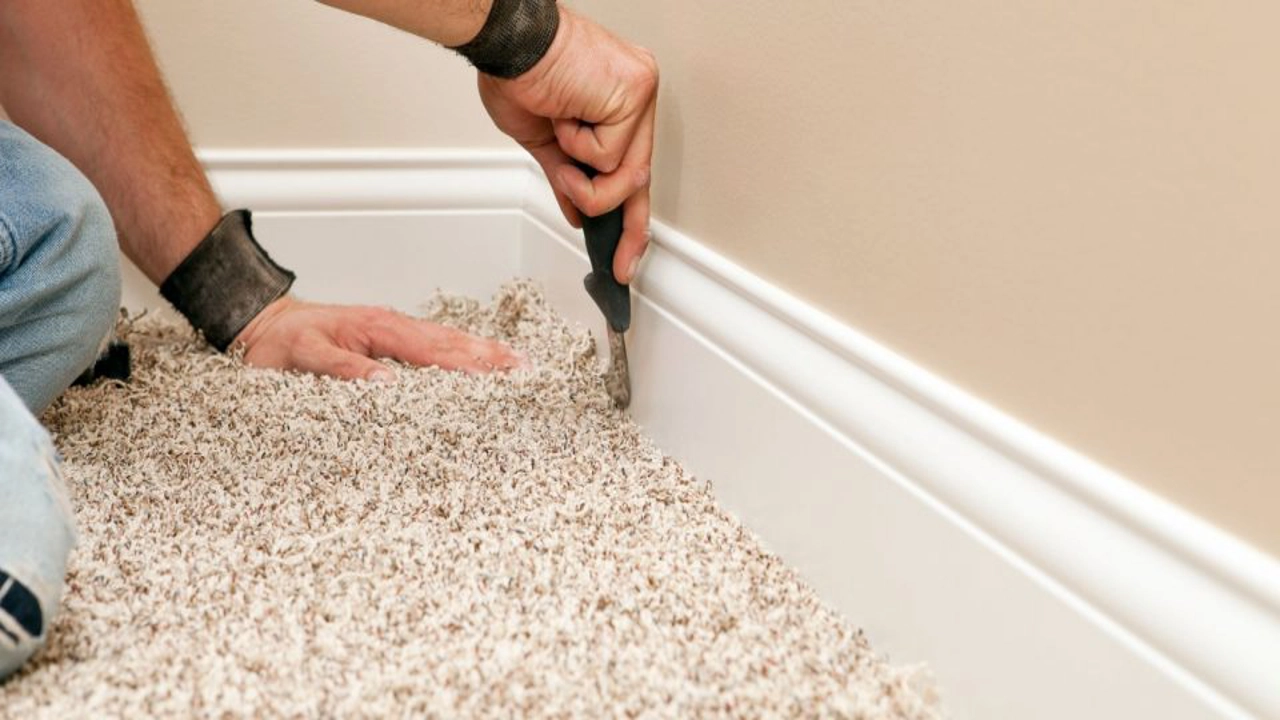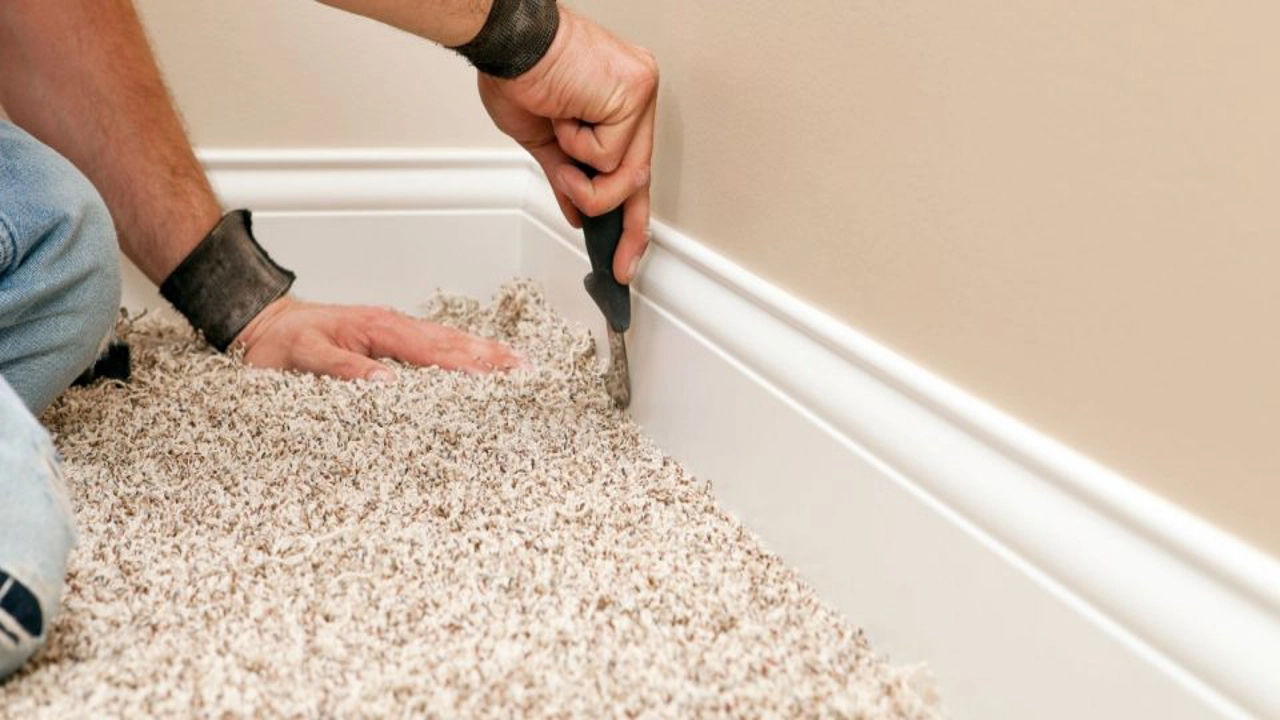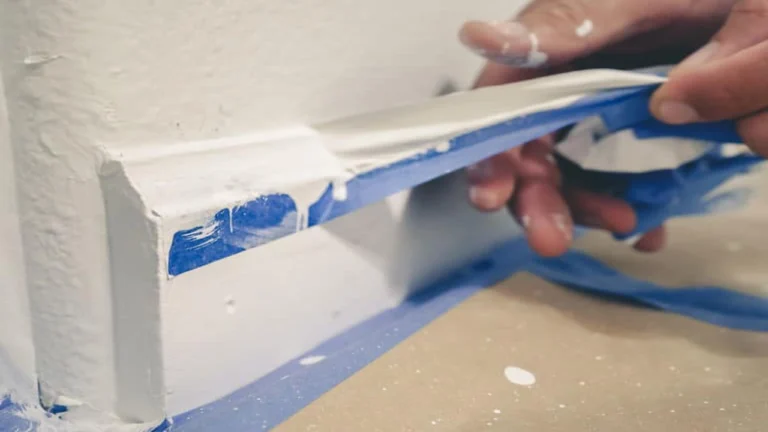Nail that carpet how high to install baseboard
How high to install baseboard for carpet is a crucial aspect of achieving a polished and professional-looking finish for your carpeted floors. The ideal height will ensure a seamless transition between the baseboard and the carpet, preventing gaps and creating a clean aesthetic. The recommended height typically varies between 4 to 6 inches, depending on the thickness of your carpet and personal preference.
Installing the baseboard too high can lead to an awkward visual appearance, while installing it too low might leave an unsightly gap between the baseboard and the carpet. Consider the overall design and style of your home when choosing the right height for your baseboard.
how high to install baseboard for carpet

Installing baseboards is a common DIY project that can significantly enhance the look of your home. When it comes to carpet, the height of the baseboard plays a crucial role in creating a seamless and polished finish. So, how high to install baseboard for carpet is a question many homeowners grapple with.
Understanding the Importance of Baseboard Height
The height of your baseboards can drastically affect the overall aesthetic of your room. Too low, and they’ll appear insignificant; too high, and they might overpower the space. For carpet installations, finding the sweet spot is essential.
Here’s why:
- Clean Lines: Properly installed baseboards create a clean line between the wall and the carpet, giving the room a polished look.
- Protection: Baseboards act as a buffer, protecting your walls from scuffs and scratches, especially common with foot traffic and furniture movement.
- Visual Appeal: The height of the baseboard can influence the perceived size and proportion of a room.
The Golden Rule: Standard Baseboard Height
For the majority of homes, the standard baseboard height for carpet installation is 4 inches (10 cm). This height works well in most situations and offers a balanced visual appeal. However, it’s crucial to consider factors like:
- Ceiling Height: In rooms with very high ceilings, you might consider taller baseboards (5-6 inches) for a more proportionate look.
- Existing Trim: If you’re replacing existing baseboards, it’s best to maintain a consistent height for a cohesive look.
- Personal Preference: Ultimately, the final decision rests with you. Think about the overall style of your home and your preferred aesthetic.
Measuring for Baseboard Height
Before you start cutting and installing, accurate measurement is key. Here’s a simple method to determine the ideal height:
- Choose a Starting Point: Select a wall with the most consistent surface.
- Measure From the Floor: Using a level, measure 4 inches up from the floor at your chosen starting point.
- Mark the Height: Make a pencil mark at the 4-inch mark.
- Level the Line: Using your level, extend the pencil mark horizontally along the entire wall to create a consistent line.
- Repeat for Other Walls: Repeat the process for all walls in the room, ensuring that the lines are level and consistent.
Addressing Variations: How High to Install Baseboard for Carpet in Specific Cases
While the standard 4-inch height often works, certain situations might call for adjustments:
- Uneven Floors: If your floors aren’t completely level, the baseboard height might vary slightly. In this case, use a level to ensure a consistent finish across the entire wall.
- Existing Trim: If you’re installing baseboards over existing trim (such as shoe molding), factor in the extra height when determining your starting point. For example, if you have 1-inch shoe molding, you’ll need to start at 5 inches from the floor.
- Thick Carpet: With thick carpets, you may need to adjust the baseboard height to accommodate the extra padding.
Common Mistakes to Avoid
Here are some common mistakes people make when installing baseboards for carpet:
- Skipping Leveling: Failing to level the baseboard can create a lopsided look.
- Inadequate Support: Improper nailing or lack of support can lead to sagging or cracking.
- Uneven Gaps: Uneven gaps between the baseboard and the floor or wall can ruin the aesthetic appeal.
Tips for a Successful Installation
- Use the Right Tools: Ensure you have the necessary tools for cutting, measuring, and nailing.
- Measure Twice, Cut Once: Accuracy is key! Double-check your measurements before making any cuts.
- Clean Your Work Area: Remove any debris or obstacles to ensure a smooth installation process.
- Test Fit Before Installation: Always test fit your baseboards before nailing them to ensure they fit perfectly.
Professional vs. DIY: When to Call in the Experts
While installing baseboards can seem straightforward, some situations might require professional help:
- Complex Layouts: Rooms with unusual angles or multiple levels can be challenging for beginners.
- Large Projects: Installing baseboards in a large home or across multiple rooms can be time-consuming and physically demanding.
- Specialized Baseboards: Installing intricate or custom-made baseboards often requires expertise.
Choosing the Right Baseboard for Your Carpet
Selecting the right baseboard for your carpet depends on your style and budget:
- MDF Baseboards: MDF (Medium Density Fiberboard) is a cost-effective option that comes in various styles and finishes.
- Primed Baseboards: Primed baseboards are ready for painting, offering a convenient and budget-friendly choice.
- Wood Baseboards: Solid wood baseboards provide a classic and elegant look and are available in numerous wood types and finishes.
- Custom Baseboards: If you’re looking for something unique, consider custom-made baseboards that can be tailored to your specific design preferences.
Final Thoughts
By understanding the factors that influence baseboard height, how high to install baseboard for carpet becomes less daunting. Choosing the appropriate height and using the right techniques ensures a seamless and visually appealing installation that enhances the overall aesthetic of your home.
is your carpet too high the baseboard secret you need to know
Installing baseboards is an essential part of any home renovation project, especially when you’re planning on installing carpet. The height of the baseboard can significantly impact the overall look and feel of your space, so getting it right is crucial. But how high to install baseboard for carpet can be a bit of a mystery for many homeowners.
Factors Affecting Baseboard Height
Several factors influence the ideal height for your baseboards, including:
- Existing baseboard height: If you’re replacing existing baseboards, it’s usually best to keep the new ones at a similar height. This helps maintain a consistent look throughout your home.
- Carpet thickness: Thicker carpets require taller baseboards to cover the transition between the floor and the wall, and to ensure a clean and finished look.
- Personal preference: Ultimately, the height of your baseboards is a matter of personal preference. Some people prefer a more traditional look with taller baseboards, while others favor a modern aesthetic with lower ones.
Recommended Baseboard Heights for Carpet
Here are some general guidelines for how high to install baseboard for carpet:
- Standard baseboard height: The most common height for baseboards is 4 to 6 inches. This height works well for most rooms and carpet thicknesses.
- Taller baseboards: If you have thick carpet or prefer a more traditional look, you can install baseboards up to 8 inches high.
- Lower baseboards: If you’re going for a modern look, you can install baseboards as low as 2 to 3 inches.
How to Measure for Baseboards
Once you’ve decided on the desired height of your baseboards, it’s time to measure. Here’s how:
- Determine the carpet thickness: Measure the thickness of your carpet at several locations to get an average.
- Measure the wall height: Measure the wall height from the finished floor to the bottom of the molding or trim around the ceiling.
- Account for the desired baseboard height: Add the desired baseboard height to the carpet thickness, then subtract this from the wall height. This will give you the measurement for the baseboard length.
Installing Baseboards
Once you have your baseboards cut to size, you can install them using a combination of nails, screws, or construction adhesive.
- Nail installation: Use a nail gun or hammer and nails to secure the baseboards to the wall. Pre-drill holes to prevent splitting.
- Screw installation: Screws offer a more secure attachment than nails. Countersink the screws to prevent them from sticking out.
- Construction adhesive: This method is best used for long, straight stretches of baseboard. Apply a bead of adhesive to the back of the baseboard before attaching it to the wall.
Final Touches
Once the baseboards are installed, you can add finishing touches to complete the look:
- Caulk: Caulk the gaps between the baseboards and the wall to create a smooth, seamless transition.
- Paint: Paint the baseboards to match the wall color, or choose a contrasting color to create a bold statement.
- Molding: Add decorative molding to the top of the baseboards for a more elaborate look.
By following these tips and guidelines, you can achieve a beautiful and professional-looking finish for your carpet installation. Remember, how high to install baseboard for carpet is ultimately a matter of personal preference and depends on the specifics of your project. But with careful planning and execution, you can create a space that you’ll love for years to come.
Related Search Queries:
- How high should baseboard be for carpet?
- What height baseboard for carpet?
- Baseboard height for carpet installation?
- How to determine baseboard height for carpet?
- Best baseboard height for carpet?
- Baseboard height above carpet?
- Standard baseboard height for carpet?
- How to measure for baseboard height with carpet?
- Baseboard height for carpet and tile?
- How to install baseboard with carpet?
Baseboard Height for Carpet: Q&A
Q1: How high should I install baseboard for carpet?
A: The standard height for baseboard installation with carpet is 1/2 inch above the top of the carpet. This ensures a clean, seamless transition between the floor and the wall and helps to prevent dirt and debris from accumulating in the gap.
Q2: Is there any flexibility in baseboard height?
A: Yes, there is some flexibility depending on your preference. Some people prefer a slightly higher baseboard for a more substantial look, while others prefer a lower baseboard for a cleaner, more minimalist aesthetic. However, it’s best to stay within a 1/2 inch range above or below the standard height.
Q3: What if my carpet is thick?
A: If your carpet is thicker than standard, you may need to adjust the baseboard height accordingly. It’s best to measure the thickness of your carpet and add that measurement to the standard 1/2 inch height for a clean finish.
Q4: What happens if I install the baseboard too high?
A: If you install the baseboard too high, it will create a noticeable gap between the carpet and the wall, which will be aesthetically unappealing and could trap dust and dirt.
Q5: What happens if I install the baseboard too low?
A: Installing the baseboard too low will make the transition between the carpet and the wall uneven and could create a tripping hazard.
Q6: Should I consider the type of carpet when choosing baseboard height?
A: Yes, the type of carpet can influence the baseboard height. For example, a thick shag carpet will require a slightly higher baseboard than a thin berber carpet.
Q7: Does the baseboard height affect the installation of doors?
A: Yes, the baseboard height can affect the installation of doors. If the baseboard is installed too high, it could interfere with the door swing, making it difficult to open and close the door.
Q8: What should I do if I’m not sure about the correct baseboard height?
A: Consult with a professional installer or carpenter. They will be able to assess your specific situation and recommend the best baseboard height for your needs.
Conclusion
Choosing the right height for your baseboards is crucial for achieving a seamless and professional look for your carpeted floors. By keeping your baseboards at least ¼ inch above the carpet, you ensure that the transition between the two is smooth and free of unsightly gaps. This allows the carpet to lay flat and create a cohesive visual appeal, while also protecting your walls from potential damage caused by vacuuming or furniture dragging.
Now that you know the ideal height for baseboard installation, consider sharing your thoughts in the comments below! Have you ever tackled baseboard installation yourself? What tips would you share with others? Let’s spark a conversation about home improvement and share our experiences. And if you found this information helpful, don’t forget to share this post with your friends on social media so they can benefit from our insights too!






